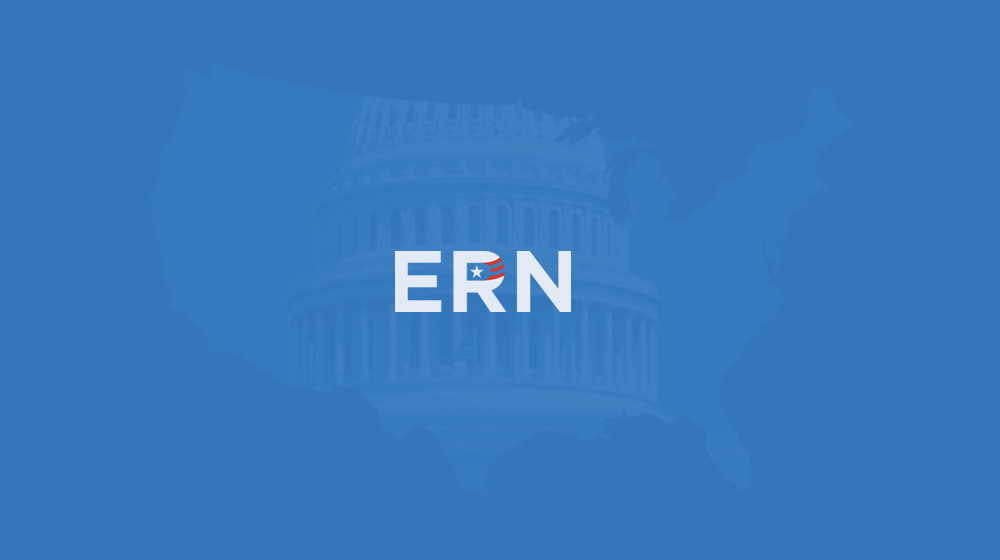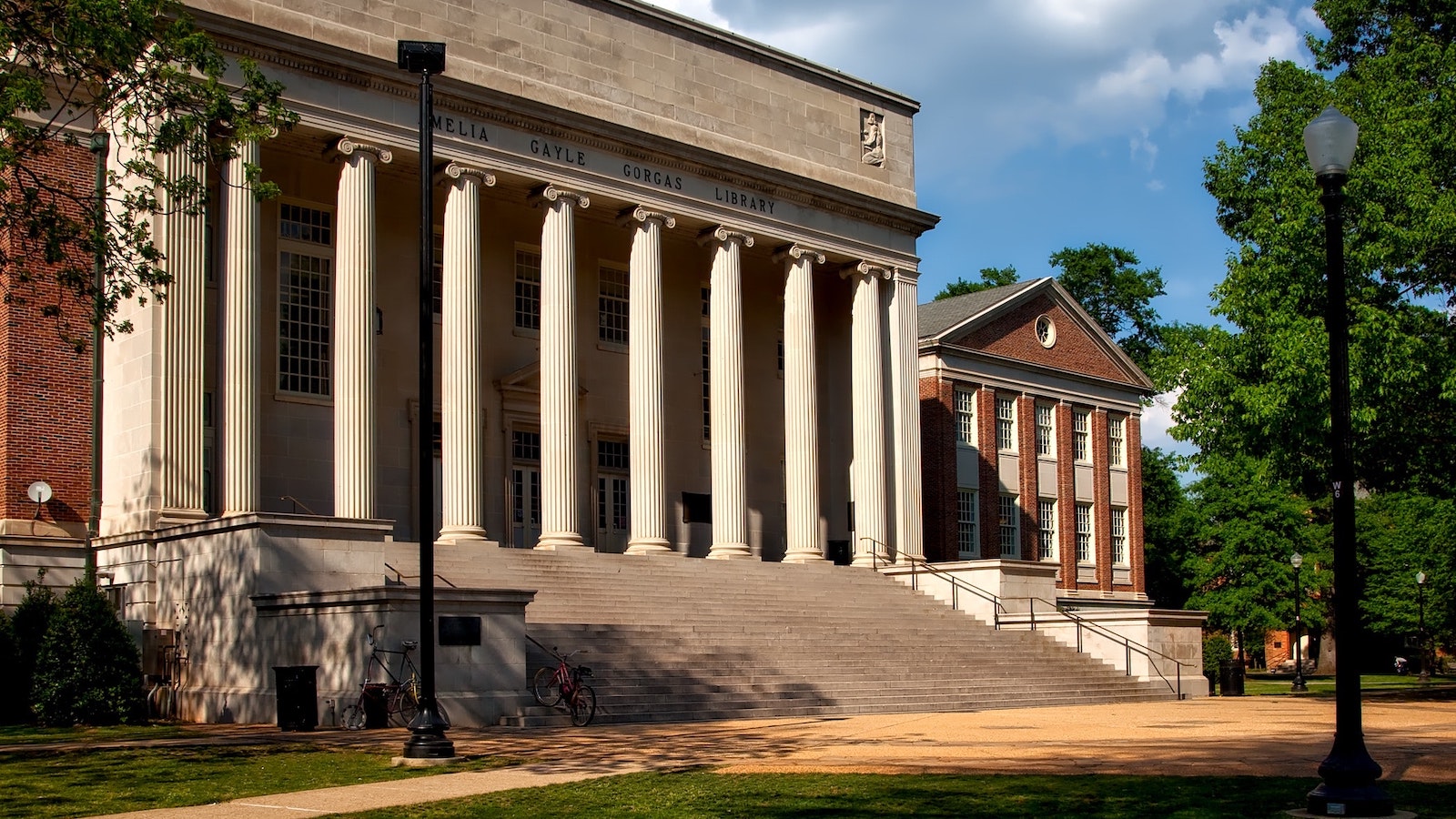
What if College Were Free? This State Is Trying to Find Out.
By Simon Romero From The New York Times “The New Mexico program is very close to ideal,” said Michael Dannenberg,…

By Simon Romero From The New York Times “The New Mexico program is very close to ideal,” said Michael Dannenberg,…

By Michael Dannenberg & James Murphy Spurred by the work of Education Reform Now, a group of New York State…

Dr. Christina Grant, State Superintendent of Education Office of the State Superintendent of Education 1050 First St NE Washington, D.C.…

ERN Applauds Fair College Admissions for Students Act “It’s long past time for the legacy preference to be sent to…

Breaking News: The Supreme Court will hear a pair of cases that challenge the race-based affirmative action policies for admissions…

Strengthened Relationships to Push Education Equity We were pleased by the confirmation of US Secretary of Education Dr. Miguel Cardona,…

WASHINGTON, D.C. (Dec. 15, 2021) —In a letter released today, Education Reform Now and 21 education and civil rights organizations and…

Halloween is right around the corner, so in the spirit of the season we wanted to highlight something really scary.…